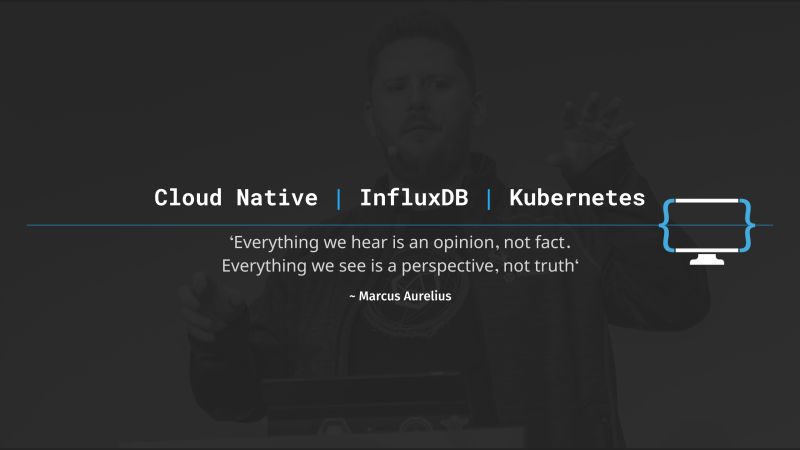
David is a Developer Advocate at InfluxData, the company behind the leading time series database, InfluxDB; and a member of the Kubernetes release team.
As a professional technology magpie, David was an early adopter of cloud, container, and cloud-native technologies; crossing the murky waters of AWS in 2008, Docker in 2014, and Kubernetes in 2015.
With an insatiable love for technology, David is always on the hunt to learn and share knowledge with others in fun and exciting ways.

Time-Series has been the fastest growing database category, rated by DBEngines, for over 2 years; yet, less than 15% of organisations store their time-series data in a time-series database. Do you?
One could, accurately, say that time-series data is as old as the universe; but it wasn’t until the mid-19th century that the first article was published on the concept: A Comparison of the Fluctuations in the Price of Wheat and in the Cotton and Silk Imports into Great Britain by J. H. Poynting (March 1884).
Time-Series data is so natural and common that you actually consume, evaluate, and utilise it everyday; when you’re:
Paying for your morning coffee Sighing at the “Delayed” notice on your commute Ploughing through your email inbox In this talk we will look at the different types of time-series data and how to use that to drive observations, understanding, and automation.
Most data is best understood in the dimension of time, lets see why.


| The Telegraf Toolbelt | Time Series Belgium | November 2019 |
|---|---|---|
| The Telegraf Toolbelt | Open Source Monitoring Conference | November 2019 |
| The Telegraf Toolbelt | Time Series Berlin | November 2019 |
| The Telegraf Toolbelt | Sheffield DevOps | October 2019 |
| The Telegraf Toolbelt | InfuxDays San Francisco 2019 | October 2019 |
| The DShell Pattern | Devopsdays London 2019 | September 2019 |
| Cloud Native Telegraf | Cloud Native London (September 2019) | September 2019 |